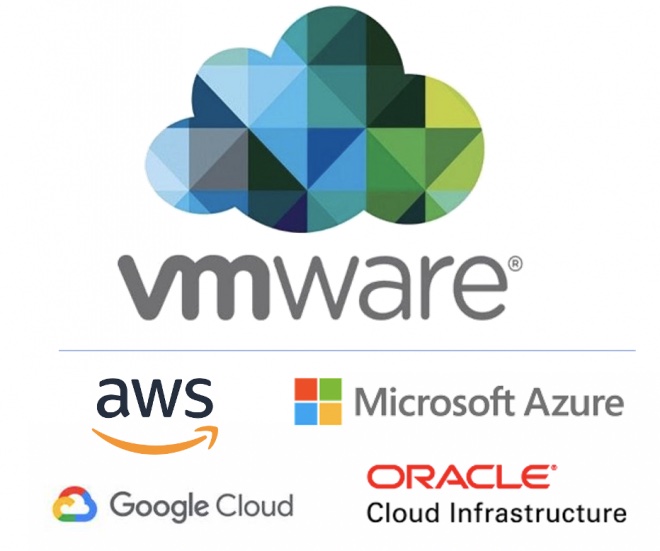When it comes to cloud computing, organizations have two main options: an on-site cloud solution based on VMware or a third-party cloud like Hetzner, DigitalOcean, and others. Both options have their pros and cons, and the choice between them largely depends on the specific needs and goals of an organization. In this blog post, we will explore the differences between the two to help you make an informed decision.
On-Site Cloud Solution based on VMware
An on-site cloud solution is a cloud infrastructure that is hosted and managed within an organization’s own data center. In this type of solution, the organization uses VMware virtualization software to create a virtual environment that provides the benefits of cloud infrastructure. This solution provides complete control over the cloud environment, making it ideal for organizations with strict security requirements or those that need to store and manage sensitive data.
Advantages:
- Total control over the cloud environment
- Full customization of the virtual environment
- Ability to comply with regulatory requirements for data privacy and security
- Complete access to data and systems for management and troubleshooting
- Reduced latency and improved performance compared to third-party clouds
Disadvantages:
- High upfront and ongoing costs for hardware, software, and staffing
- Significant technical expertise is required to set up, manage, and maintain the cloud environment
- Limited scalability compared to third-party clouds
- The need for continuous monitoring and maintenance to ensure optimal performance
Third-Party Clouds
Third-party clouds are cloud infrastructures that are hosted and managed by an external service provider, such as DigitalOcean, Hetzner, or Amazon Web Services. In this type of cloud solution, the service provider takes care of the technical aspects of the cloud environment, such as hardware maintenance, security, and software upgrades, freeing up organizations to focus on their core business activities.
Advantages:
- Lower upfront and ongoing costs compared to an on-site cloud solution
- Easy scalability, as organizations can quickly add or remove resources as needed
- No need for specialized technical expertise, as the service provider takes care of the technical details
- Access to a wide range of tools and services, including databases, storage, and networking services
- Reduced latency and improved performance compared to traditional on-premise infrastructure
Disadvantages:
- Limited control over the cloud environment, as organizations are reliant on the service provider
- Potential data security and privacy concerns, as organizations are sharing resources with other customers
- Dependence on the service provider for updates, security, and maintenance
- Possible limitations on the ability to customize the virtual environment
Conclusion
In conclusion, the choice between an on-site cloud solution based on VMware and a third-party cloud solution largely depends on an organization’s specific needs and goals. On-site clouds provide total control over the cloud environment and the ability to comply with regulatory requirements for data privacy and security, but they can be more expensive and require more technical expertise. Third-party clouds, on the other hand, are more cost-effective and easier to manage, but they offer limited control over the cloud environment and may present potential data security and privacy concerns.


